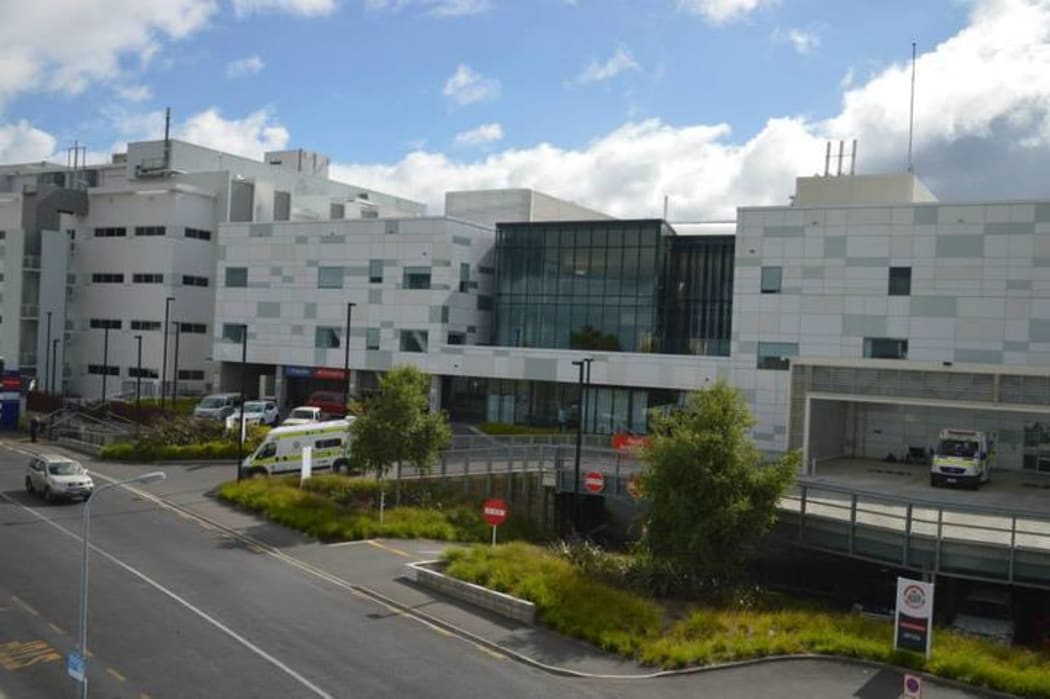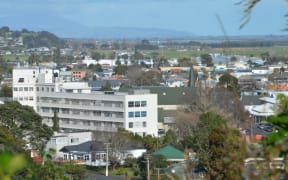Fire drills at Waikato Hospital have exposed confusion in operating theatres with many staff not hearing evacuation warnings or getting the wrong message.

Photo: Supplied / Facebook
The problems during a drill in June are similar to those in a drill eight years ago that found "significant systematic weakness" in the alarm system.
RNZ obtained reviews of two drills at the hospital, held in 2011 and 2019.
The Waikato District Health Board had refused to release them under the OIA, arguing that disclosing feedback on drills might discourage staff from speaking up.
The 2011 review found the alarm system did not differentiate from an area or fire cell that was burning, and a fire cell that was not.
"Staff were unclear whether they were immediately threatened by fire," it said.
Fixing this was one of just two "highest priority recommendations" in the review.
But eight years later, the June 2019 review said much the same.
"Overhead messages broadcast in wrong locations," it said.
"Theatres in non-affected cell got same message as affected cell.
"Incorrect information to evacuate in cell not affected by fire."
The review recommended this be fixed.
RNZ understands that clinicians asked for the 2019 drill after concern that an earlier false fire alarm showed many people did not know what to do.
As for the alarms and overhead instructions meant to sound in operating theatres and corridors, the recurring feedback was "nothing heard", "couldn't hear", "not heard clearly".
The initial alarm from smoke detectors was not heard outside the room it was in and "probably would not have been noticed" if it weren't a drill.
"Nothing heard in OT (operating theatre) 24 right next to fire", the review read, and it was the same for the radiology office.
Flashing lights went off but staff weren't sure how long they'd been going for.
In the nearby Anaesthetic Recovery Unit, the overhead speakers stayed silent
Operating theatre 24 couldn't make out what was being said and spoke of being left "in limbo not knowing what to do".
There was no communication with staff who were not in a theatre.
Other problems flagged in 2011 that persisted in 2019
- Radiographers did not hear anything in their office; after evacuation "most radiology staff not accounted for ... are often between theatres so may be missed out. How do we include them?" (2019); "Radiographers are not currently included in fire evacuation planning and there is no strategy for this group" (2011).
- The warden intercom phones or WIP were "not useful at any stage" (2019) and were "difficult to the point of minimal benefit" (2011).
- Staff confused over who was a warden and what their roles were; "floor warden role unclear" (2019) while in 2011, illustrating the same disjuncture, one theatre team evacuated an acute patient without a floor warden even knowing where they had gone.
In 2019 a digital communication device failed, and theatre staff were very unclear on what being told to "prepare to evacuate" meant, so they interpreted it as get ready but stay put.
Notices on walls in some areas were out of date, plus the drill found "no means to communicate to worried families".
The Waikato DHB has defended its fire evacuation procedures.
It said the alarm system for the building in question had changed since 2011 and it is fixing or has fixed the problems identified this year and will do more work this month on them.
It said it has robust safety procedures, running fire drills twice a year in all its buildings for all shifts.
Waikato Hospital underwent a half a billion dollar rebuild in recent years, however, many of its clinical buildings have failed a series of building warrants of fitness because their firestopping protection was not good enough.






